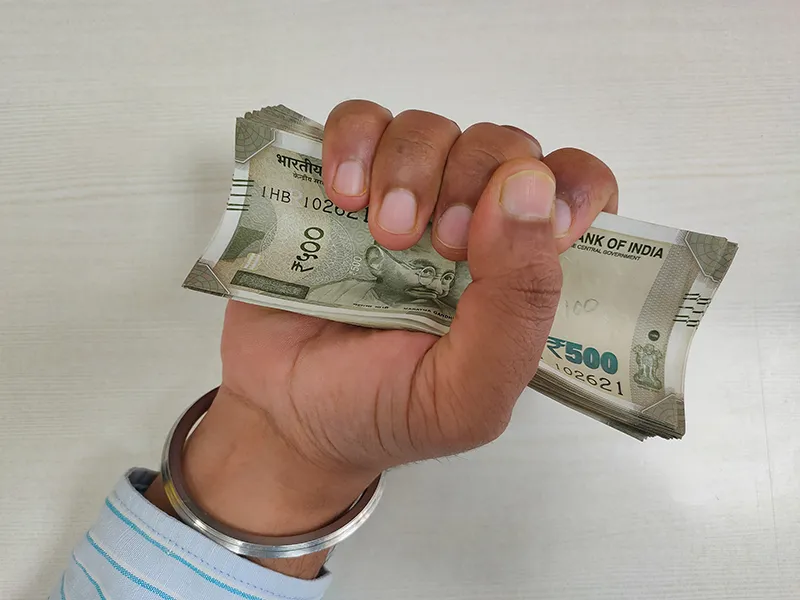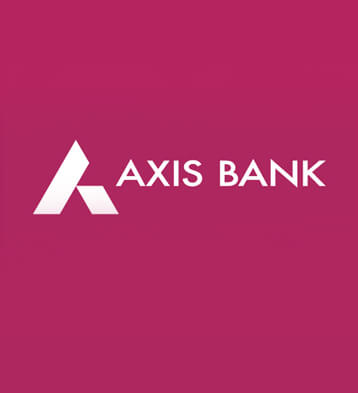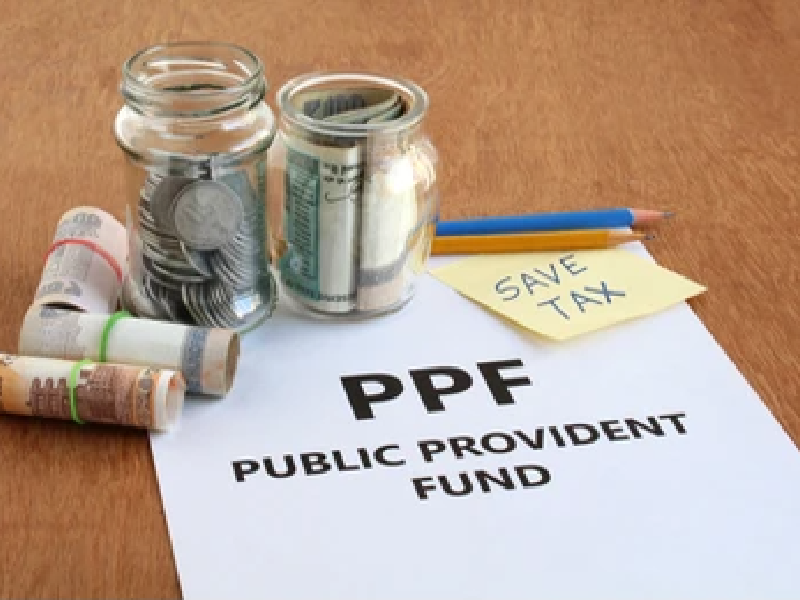
Kisan Vikas Patra (KVP) encourages long-term investment and savings amongst the country’s population. It is an ideal investment for those who are averse to risk, have surplus money, and want to generate assured returns. KVP certificates can be bought from select public sector banks and India Post Offices.
This savings scheme comes in the form of certificates. It is a fixed rate small savings scheme that can help investors double their investment after a set period (the current available issue is for 124 months).
What is Kisan Vikas Patra?
Kisan Vikas Patra was introduced by India Post Office as a small saving certificate scheme back in 1988 exclusively to enable farmers to make long-term investments. Today, the scheme is open for all. The main objective of this scheme is to encourage long-term financial discipline among people. The latest tenure for the scheme is set at 124 months (10 years & 4 months). The minimum amount that must be invested in this is Rs. 1,000 and there is no maximum amount. If you invest a lump sum amount in the scheme today, you can earn double the amount at the end of the 124th month.
Types of certificates available
A Kisan Vikas Patra certificate can be of the following types:
- Single Holder Type Certificate: This kind of certificate is issued to an adult for self or on behalf of a minor or to a minor.
- Joint ‘A’ Type Certificate: This type of certificate is issued jointly to two adults, payable to both the holders jointly or to the survivor.
- Joint ‘B’ Type Certificate: This type of certificate is issued jointly to two adults, payable to either of the holders or to the survivor.
Features of Kisan Vikas Patra
KVP Post Office scheme is a guaranteed and fixed return scheme that is backed by the Government of India. Some of the noteworthy features of this scheme are:
-
Purchase of KVP Certificate
Certificates can be purchased by:
- A single adult
- Joint A Account (Maximum 3 adults)
- Joint B Account (Maximum 3 adults)
- Minor above 10 years of age:
- An adult on behalf of a minor or a guardian on behalf of a person of unsound mind
-
Minimum deposit value
A KVP account can be opened with a minimum deposit of Rs. 1,000, in multiples of Rs. 100.
Currently, certificates are only available in denominations of Rs. 1,000, Rs. 5,000, Rs. 10,000, and Rs. 50,000. There is no maximum limit on KVP investments.
-
Where can you buy Kisan Vikas Patra certificate?
KVP certificates are available at all India Post Offices and most public sector banks. These forms are also available online.
-
Premature withdrawal of KVP
Premature encashment of KVP can be done after two-and-a-half years from the date of issue. In case of default by a bank to whom these certificates are issued, premature withdrawal cannot be made before the expiry of two-and-a-half years. If KVP is issued to a Gazetted Government Officer, he/she can only make premature encashment before the expiry of 2½ years in case of forfeiture of the pledge.
-
Maturity period of Kisan Vikas Patra
KVP maturity period could change as per rate changes and any announcements made by the Ministry of Finance. The maturity value is pre-printed on the certificate when it is issued.
-
Transfer Facility of Kisan Vikas Patra
Kisan Vikas Patra can be easily transferred from one Post Office/bank to another and from one person to another. For a transfer, one has to submit Form B at the nearest Post Office or bank.
Except for ‘A’ type certificates. The application must be signed by the holder or holders.
Transfer to Another Person
In the following cases, a KVP certificate can be transferred from one person to another only with the consent of an officer of the post office/bank:
- Transfer to a deceased person’s heir
- Transfer to a court to law from the holder or any legally specified person
- In case of one transferee, transfer can be made from a single holder to joint holders
- From joint holders to one of the other joint holders
- From single/joint holders to another person
Once the following conditions are satisfied and an authorised postmaster/bank officer provides consent, the KVP Certificates can be transferred:
- If the transferee is eligible to buy the certificate as per rules
- Transfer can be done as per one of the conditions as mentioned below and only once a year.
- Transferred by an individual to a close relative casually, without any legal reason. Close relatives could mean husband, wife, lineal descendent, brother, or sister.
- Transfer made to the heir/ nominee of the deceased certificate holder
- Transfer from the holder to the court of law or to any person as specified by the court of law
- Transfer made in accordance with pledging the certificate at Reserve Bank of India, a cooperative society or a scheduled bank
- Transfer in the survivor’s name in case of the death of one of the joint holders.
The transfer of KVP is not possible if held by or on behalf of a minor until the minor is alive.
-
Nomination Facility for KVP Scheme
KVP scheme has nomination facility that can be availed by filling the Form C at the time of purchasing the certificate. In case one has not opted for the nomination facility at the time of investment, the single holder or joint holders can request for the same after purchasing the certificate at any time before the maturity period.
-
Taxability of KVP Scheme
KVP is not meant for tax-saving purposes. The principal amount and interest do not attract any tax deductions.
Who should invest in the KVP scheme?
Any Indian citizen above 18 years of age can buy a Kisan Vikas Patra from the nearest post office. It can also be bought for a minor or jointly with an adult. An investor must mention the date of birth of the minor along with the name of the parent/guardian. KVP can also be bought by a Trust, but an HUF or an NRI is not permitted to buy KVP.
KVP is ideal for risk-averse individuals, who have surplus cash which is not required in the near future. An investment decision depends on individual risk profile and goals. For instance, those seeking tax-saving schemes can have better choices like Public Provident Fund, National Saving Certificates and tax saving bank FD Schemes. Those who are open to some degree of risk exposure can try investing in Equity Linked Savings Scheme (ELSS).
Interest rates on KVP
KVP interest rates may change periodically as per the announcements made by the Finance Ministry. The ongoing interest rate for KVP is 6.9% per annum. Here is the data of historical interest rates offered by the Kisan Vikas Patra scheme:
| Time Period | Interest Rate of KVP |
| Q2 FY 2021-22 | 6.2% |
| Q1 FY 2021-22 | 6.2% |
| Q4 FY 2020-21 | 6.9% |
| Q3 FY 2020-21 | 6.9% |
| Q2 FY 2020-21 | 6.9% |
How to invest in Kisan Vikas Patra and documents required
It is easy to invest in Kisan Vikas Patra. The steps to be followed are mentioned below:
- An applicant must seek KVP application form, Form A, and fill it with the necessary information.
- Next step is to submit the filled form at the nearest post office or bank.
- If one invests in KVP through an agent, the agent should fill Form A1. This form can be downloaded online.
- The Know Your Customer (KYC) process is essential and requires an investor to submit the ID and address proof copy (PAN, Aadhaar, Voter’s ID, Driver’s License, or Passport).
- Post verification of the documents, one must make the deposit of the investment amount. This can be done by cash, locally executed cheque, demand draft, or pay order.
- The investor will then get the KVP certificate unless payment is made by cheque, pay order, or demand draft. The certificate must be kept safe since it has to be submitted at the time of maturity. One can also request for the certificate to be emailed.
Conclusion
KVP or Kisan Vikas Patra is an easy to maintain and follow investment option that fits the risk profile of most investors. With no risk and guaranteed earnings, this can be easily used as a savings mechanism for fulfilling one’s financial goals in the long run.
FAQs
- Can I request for a duplicate Kisan Vikas Patra from the post office?
In case your KVP certificate is lost, mutilated, or stolen, you can apply for a duplicate KVP certificate. For this, you must furnish the identity slip that is provided at the time of issuance of the original certificate.
- Can I encash Kisan Vikas Patra only at the Issuer Post Office?
KVP certificates can be encashed at the issuer post office. However, you can also encash it through other post offices in case of an emergency. However, you must produce the identity slip along with the KVP certificate during such requests.
- Can co-operative banks/co-operative societies invest in Kisan Vikas Patra?
No, these institutions are not permitted to invest in KVP.
- Is an old KVP certificate valid after transferring it to another person?
No, once a successful transfer of KVP certificate is done, a new certificate is available with the same issue date as the original and it is in the transferee’s name.
- What if a KVP certificate is not encashed once it reaches maturity?
In case a KVP certificate is not encashed after it reaches maturity, the scheme holder is entitled to the post office savings interest as per the applicable rate. This can be availed on the entire payable maturity amount. If one encashes the certificate within a month from maturity of the scheme, no interest is paid.



























